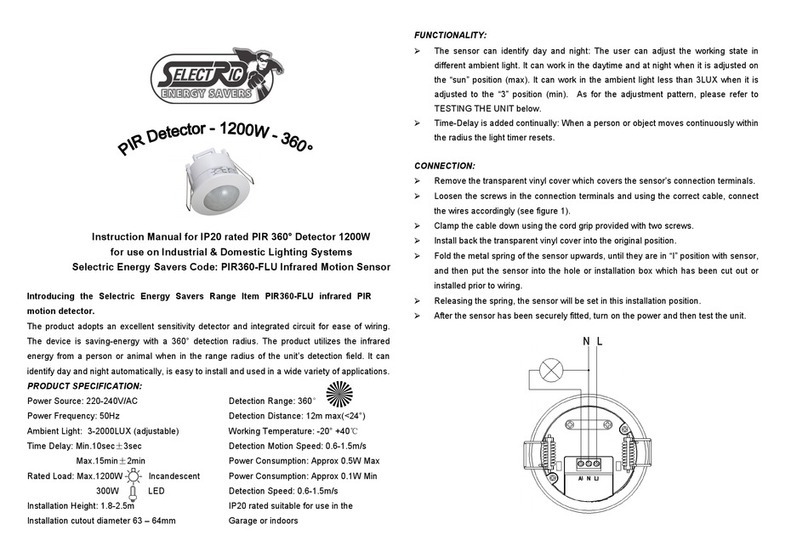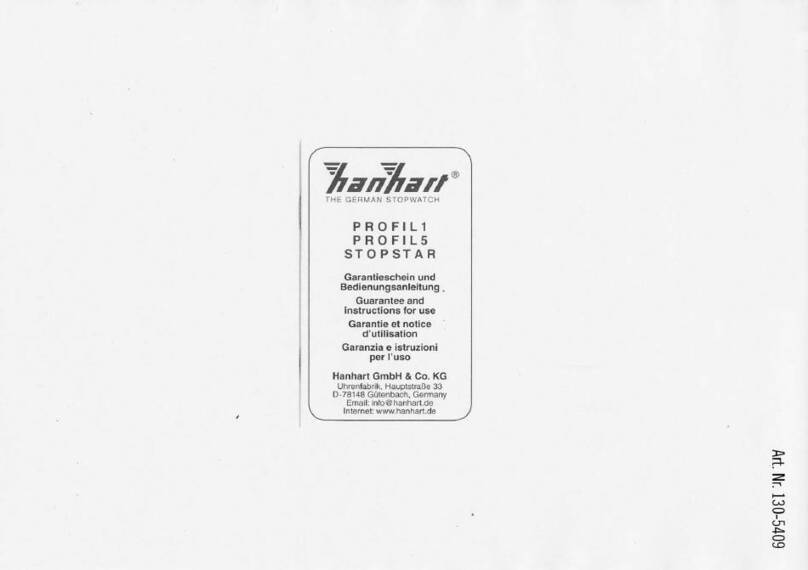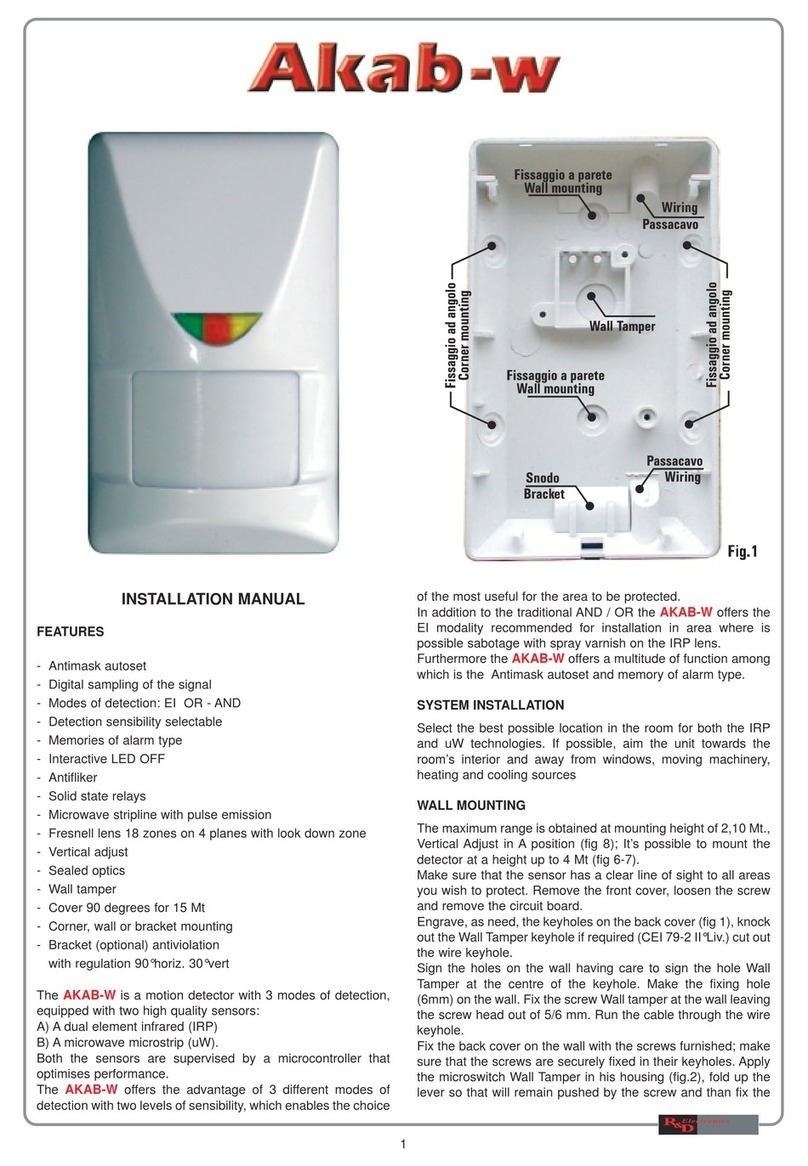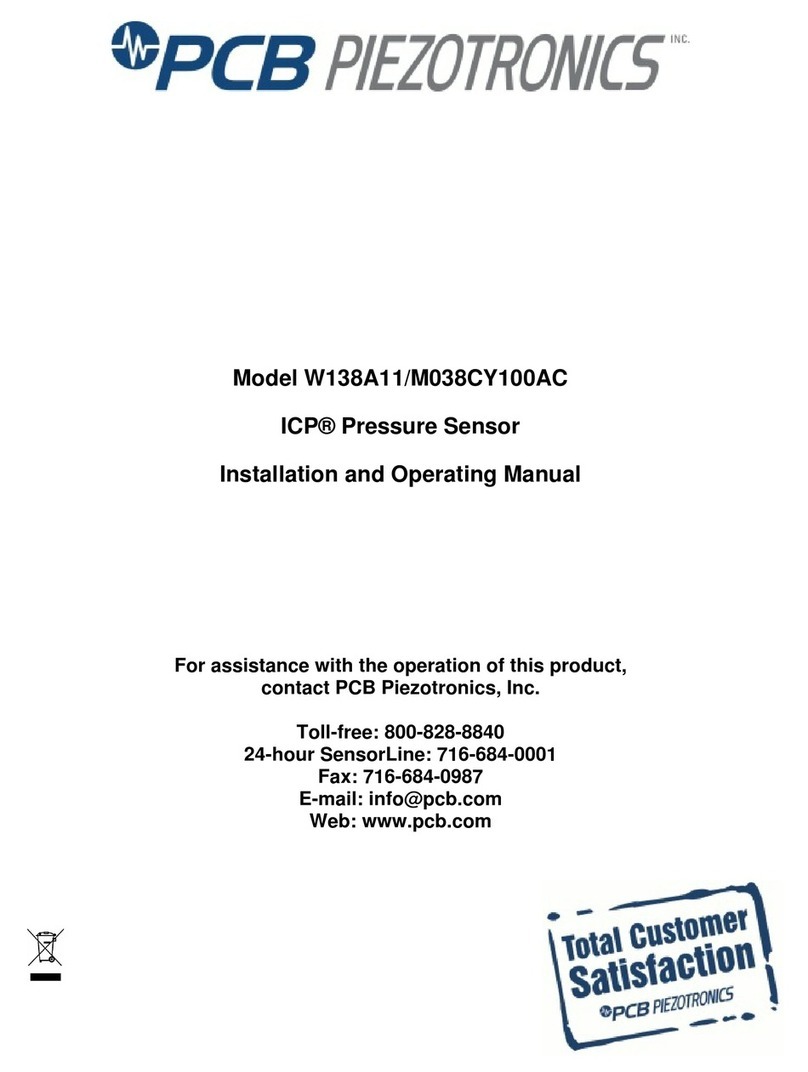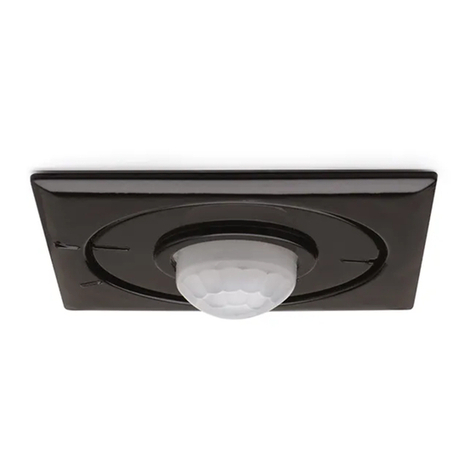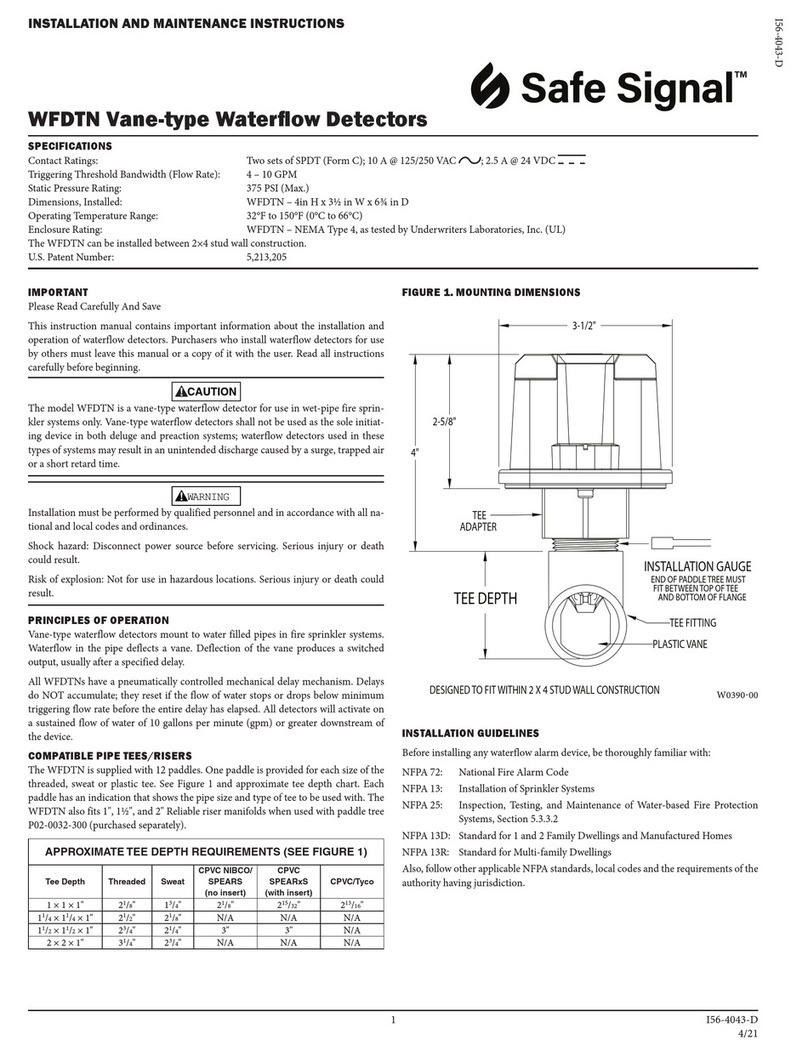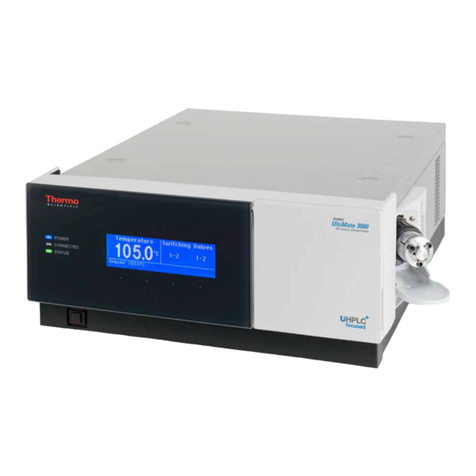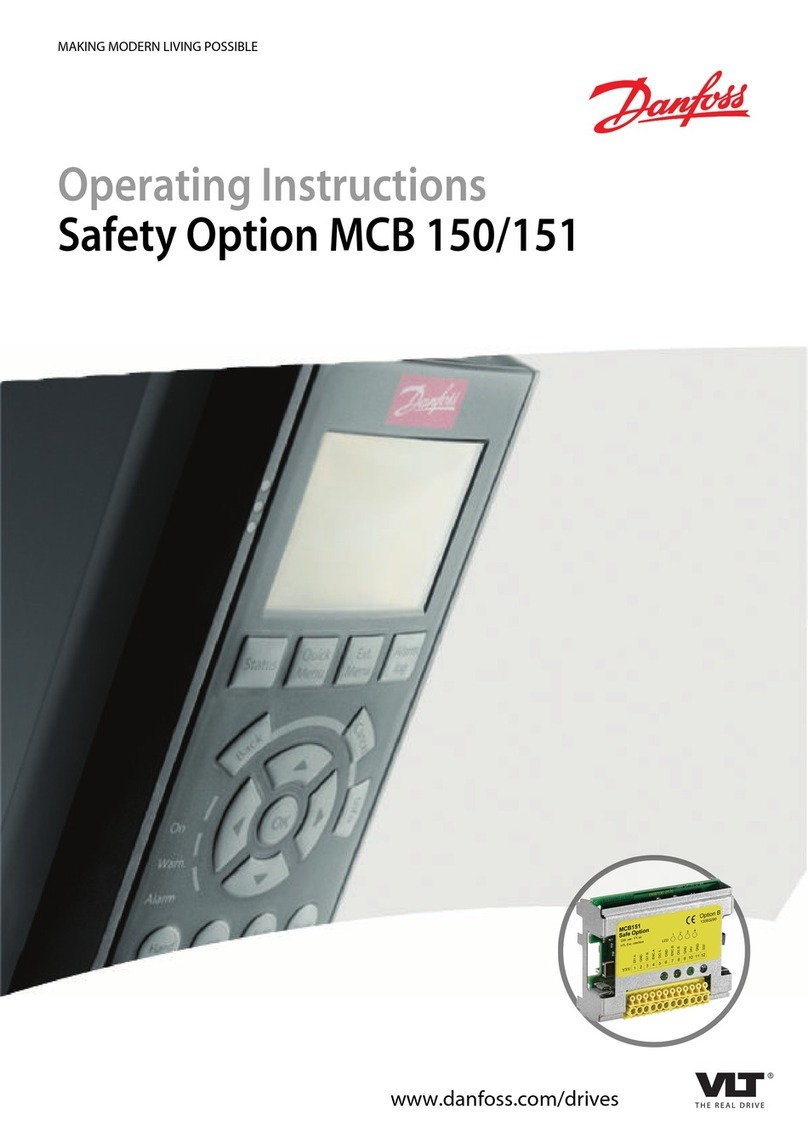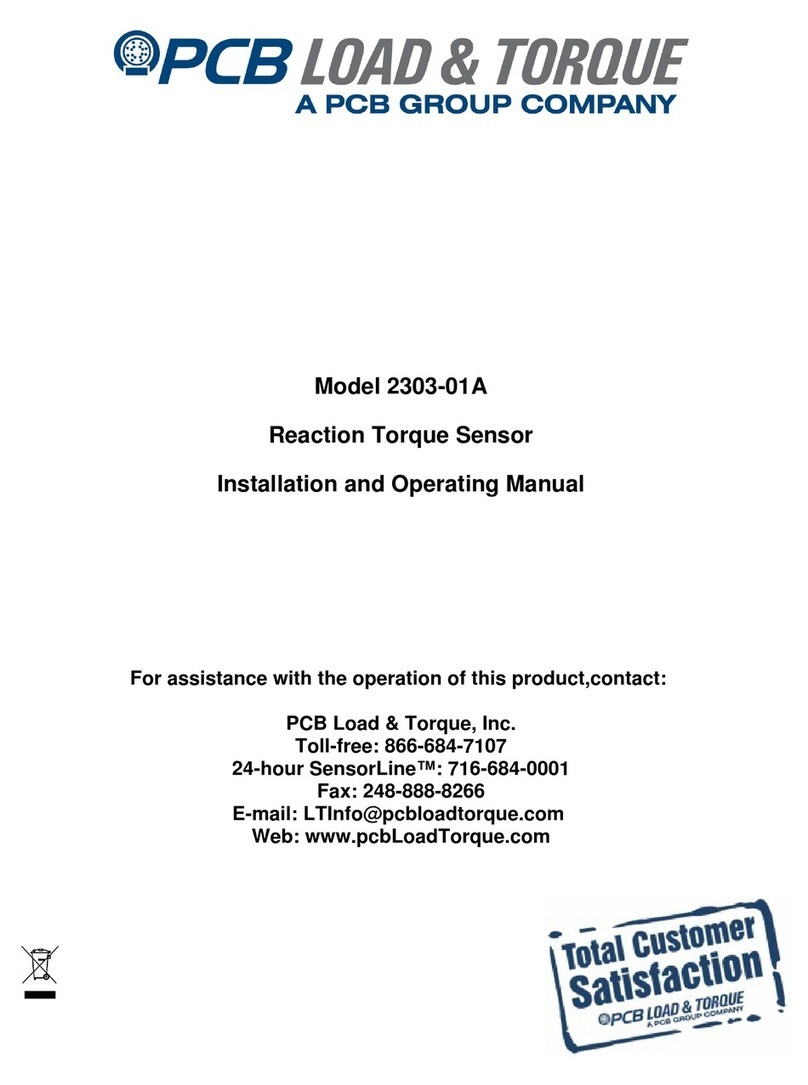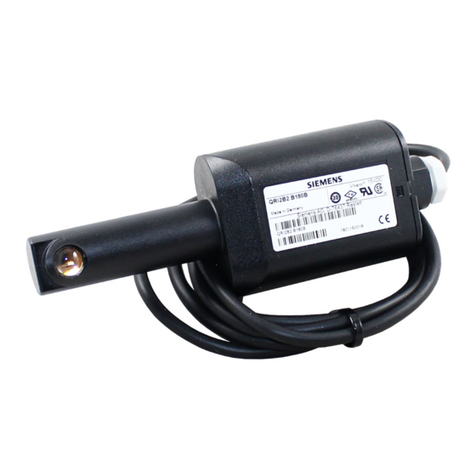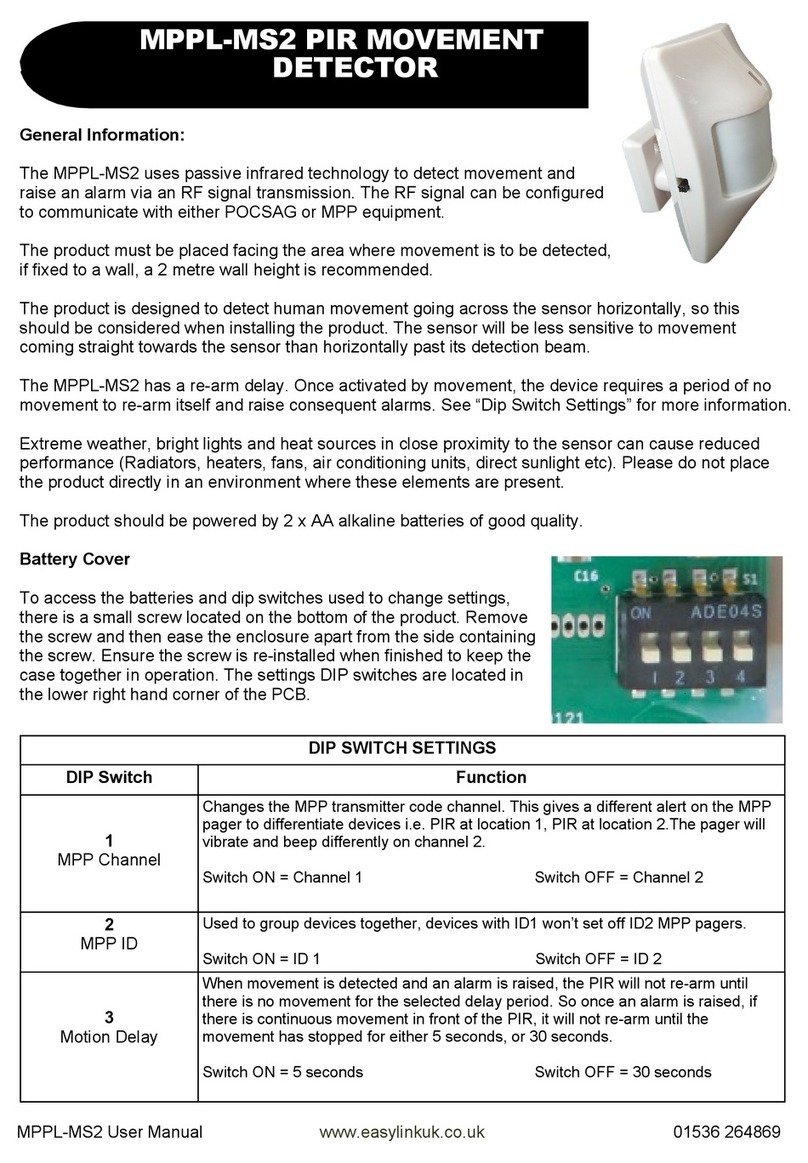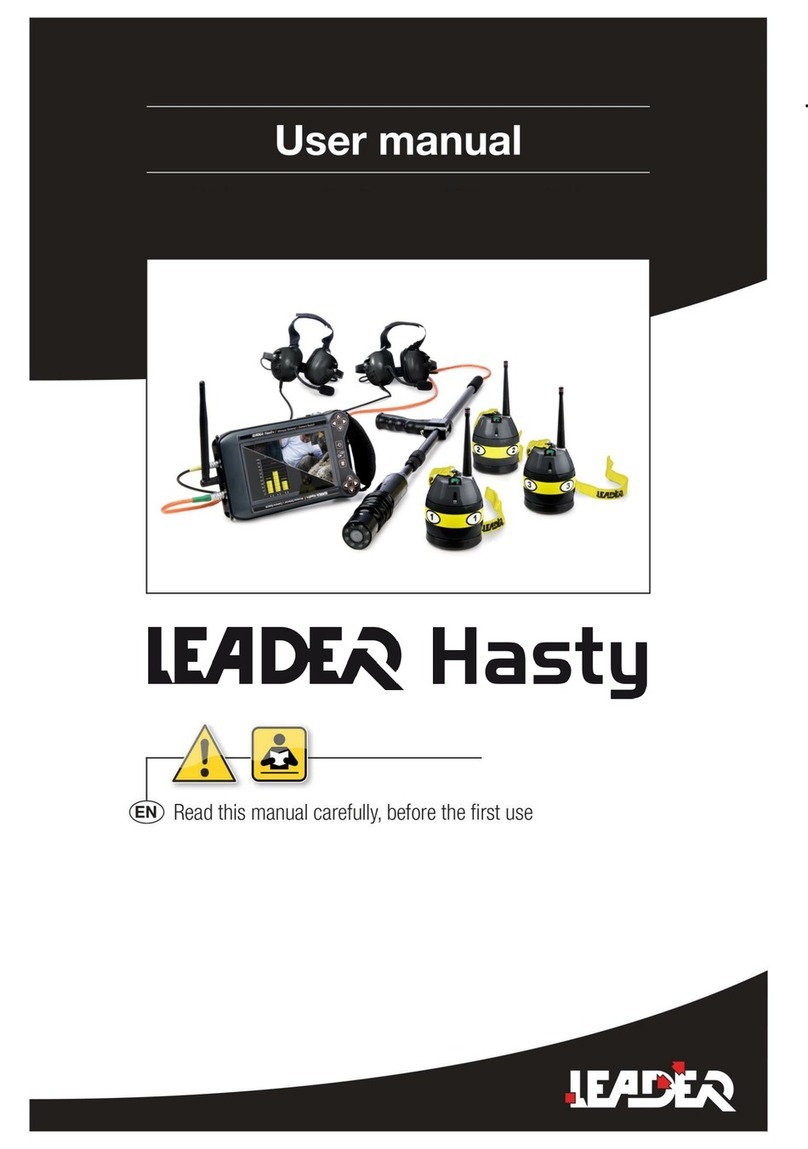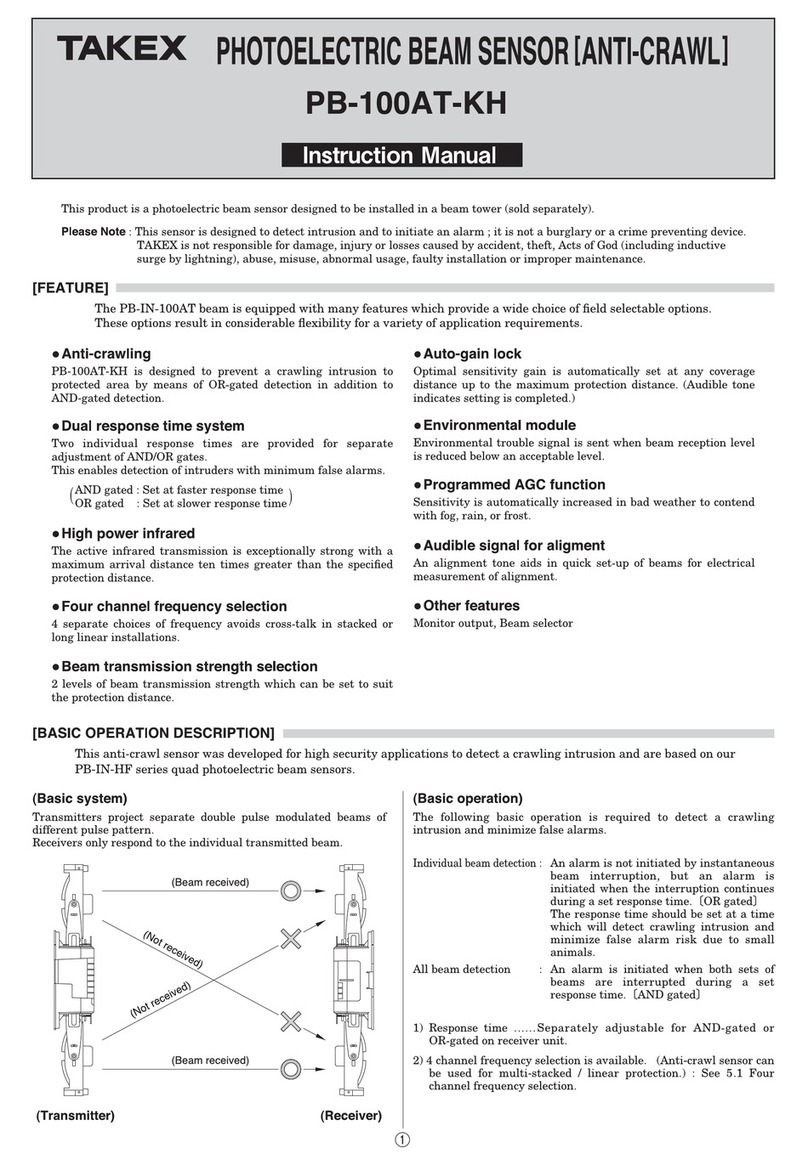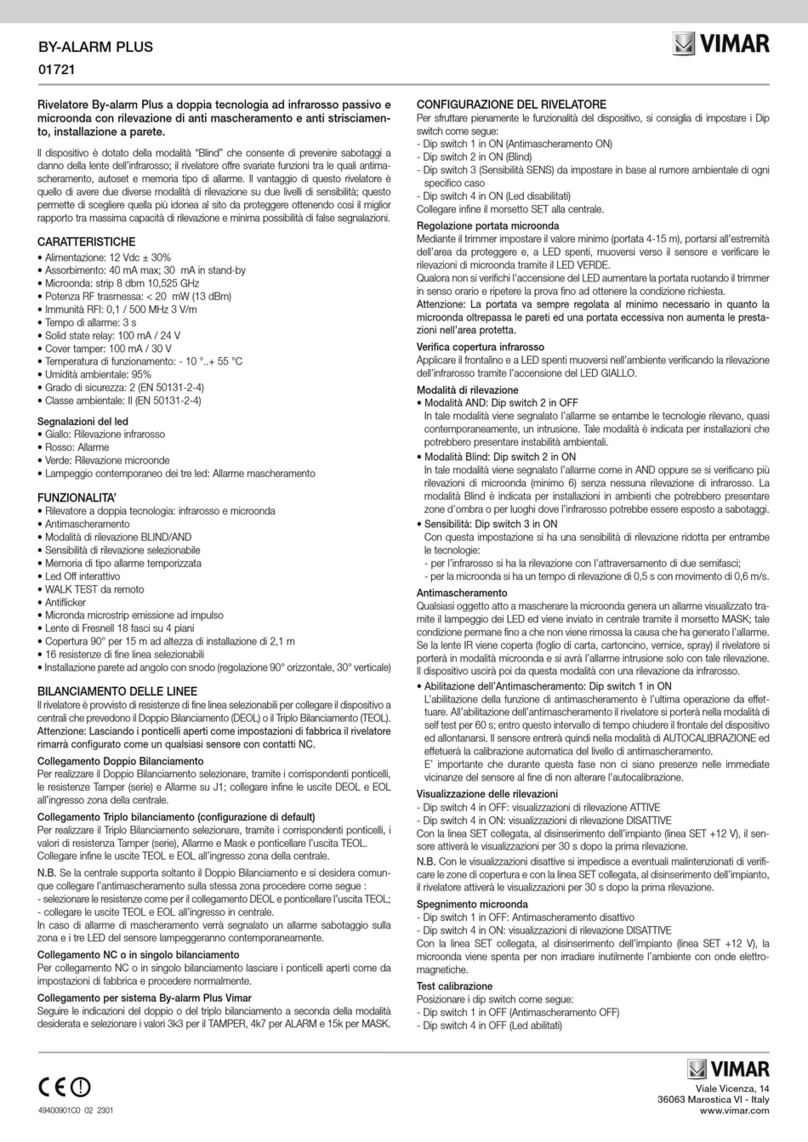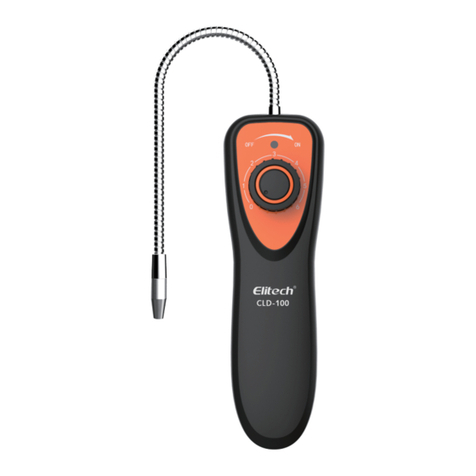
EN
battery is becoming low, the alarm will beep, and the alarm LED will blink in yellow
at the same time about every 48 seconds to warn the user. This indicates that the
batteries must be replaced. Also, make sure to check the smoke alarm expiration date
which is given on the sidewall of the alarm.
Contaminated chamber. If the alarm sounds without any apparent smoke present,
press the test/silence button to silence the alarm for 10 minutes as described above. If
the alarm sounds again it may be dusty. Pressing the test/silence button again, within
4 minutes of the alarm re-sounding, will cause the alarm to compensate for chamber
contamination. This will normally resolve the problem. If the alarm re-sounds for the
third time, it is likely that the alarm may be excessively dusty and must be replaced. If
it is not convenient to replace it immediately, pressing the test/silence button within
4 minutes of it going into alarm (for the third time) will silence the alarm for 8 hours –
however, it will give two short beeps (second apart) every 10 minutes to remind the
user it has been disabled. If the contamination clears, the alarm will return to normal
operation.
Note: This does not reduce the users’ re protection, as a smoke alarm in continuous
alarm due to a fault, is useless and must be silenced – by taking the alarm down or as
described here. This procedure has the added benets that the user is reminded every
10 minutes by two short beeps that the alarm needs to be replaced, and that if the
problem clears the alarm will return to detecting re. If the dust level is too high, the
alarm LED blinks 4 times in yellow. Cleaning or replacing the chamber cover should
only be carried out by suitably trained personnel.
Faulty smoke chamber. In the unlikely event of the smoke sensing chamber becoming
defective, the alarm will give 2 short beeps with 2 alarm LED blinks in yellow every 48
seconds. The alarm must then be replaced. If it is not convenient to replace it imme-
diately, pressing the test/silence button will silence the beeps and stop the alarm LED
from blinking for 12 hours. This can be repeated as required.
End of Life. When the sensor has reached its end of life, the alarm will beep and the
alarm LED will blink 3 times in yellow every 48 seconds.
8





















